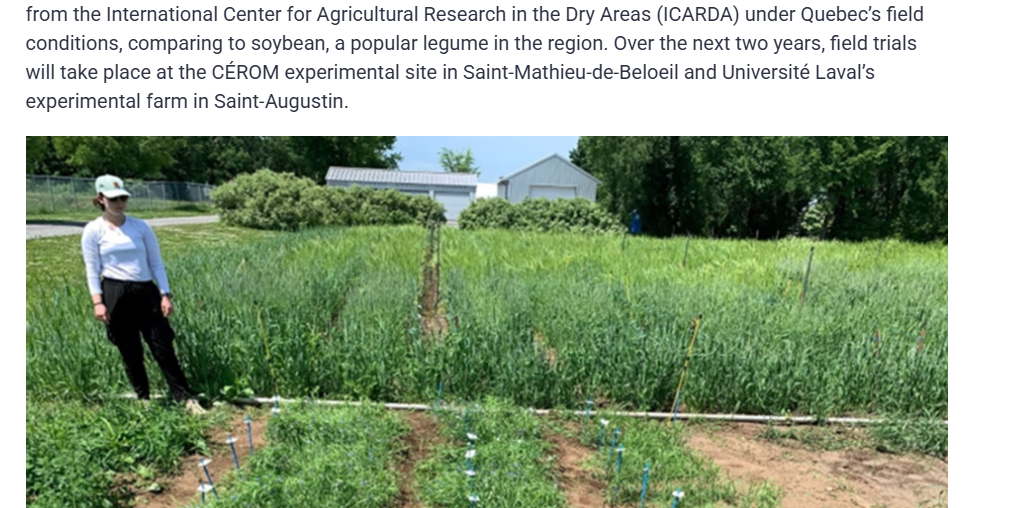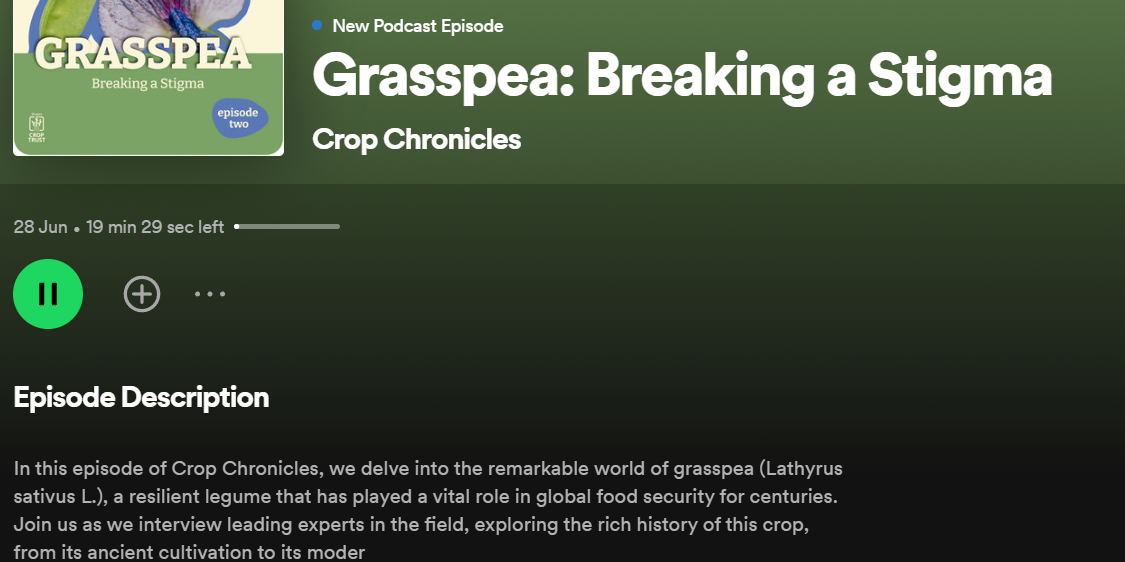Revival of blue diamond (Grass pea) in Bihar, India
India has come a long way in agriculture from begging bowl to self-sufficiency. However, in this stride many of the traditional crops marginalised mostly oilseeds and legumes. The era in which sustainability is being taken as an important factor, many of these crops is coming in the picture which are climate smart. Grasspea is one of these crops, which was being grown in the state of Bihar. However, it became a marginal crop along with many other oilseeds and legume with advent of green revolution, which led a mass scale monocropping and monoculture. Now that sustainability is being taken as important as productivity, this crop is being rediscovered as climate smart crop. Being a crop, which has multiple usage and having rich nutritional profile in terms of Protein, Homoarginine almost forgotten crop promoted under project entitled “Revival of Grasspea in Bihar” through ‘Biotech-KISAN’ of the Department of Biotechnology, Government of India during 2018. Under the project, Bihar Agricultural University, Sabour was entrusted responsibility of popularizing the new grass pea varieties in the state of Bihar.
Revival of grass pea cultivation in state is significant taking into account that the crop is used for different purposes like source of protein as well as fodder for the livestock. The protein-rich grass pea also fits well in the rice fallow land, which are abundant in the state and are not generally utilized. Taking note of this, cultivation of the grasspea varieties viz. Ratan and Prateek possessing < 0.1% ODAP content in their seeds was promoted by university as FLDs. The productivity of the new varieties was significantly higher than the traditional varieties of grass pea cultivated by the farmers. The cultivation of the new varieties following scientific method has helped in enhancing net income of farmers to extent of ₹11,000 – ₹17,000 per acre (₹27,500 – ₹44,000 per ha) in the areas where the project was implemented in Bihar, India. Additionally, domestic use of grass pea as pulse will help in reducing protein malnutrition and provide nutritional security among the consumer/farmers and grass pea straw can be used as fodder for cattle.
For additional information you can read the report here.
This article was contributed by been written by Dr Surendra Barpete please follow them on Twitter @surendrabarpete


